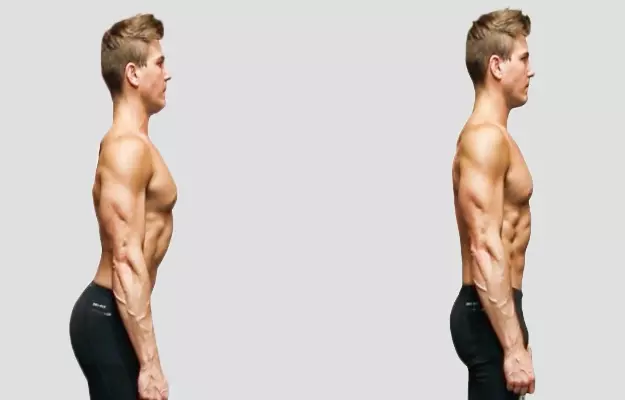Do you find yourself sinking into one side of your favourite couch while binging on the latest web series? Or hunching over your desk while working on that assignment your boss asked you for last week?
We tend to ignore our posture for the better part of our youth, and continue to do so until chronic back pain kicks in. Or at least till doctors knock some sense into us about the benefits of maintaining a neutral, efficient posture.
A sedentary lifestyle, erratic hours at work or even lazing on a Sunday afternoon on the couch add up to poor posture in the long term. If you are not careful, it can lead to problems later in life.
There are simple ways to assess your posture and gait by yourself, especially by standing with your back against the wall. Depending on the cause, you can determine the kind of exercises you need to do to improve your posture.





























